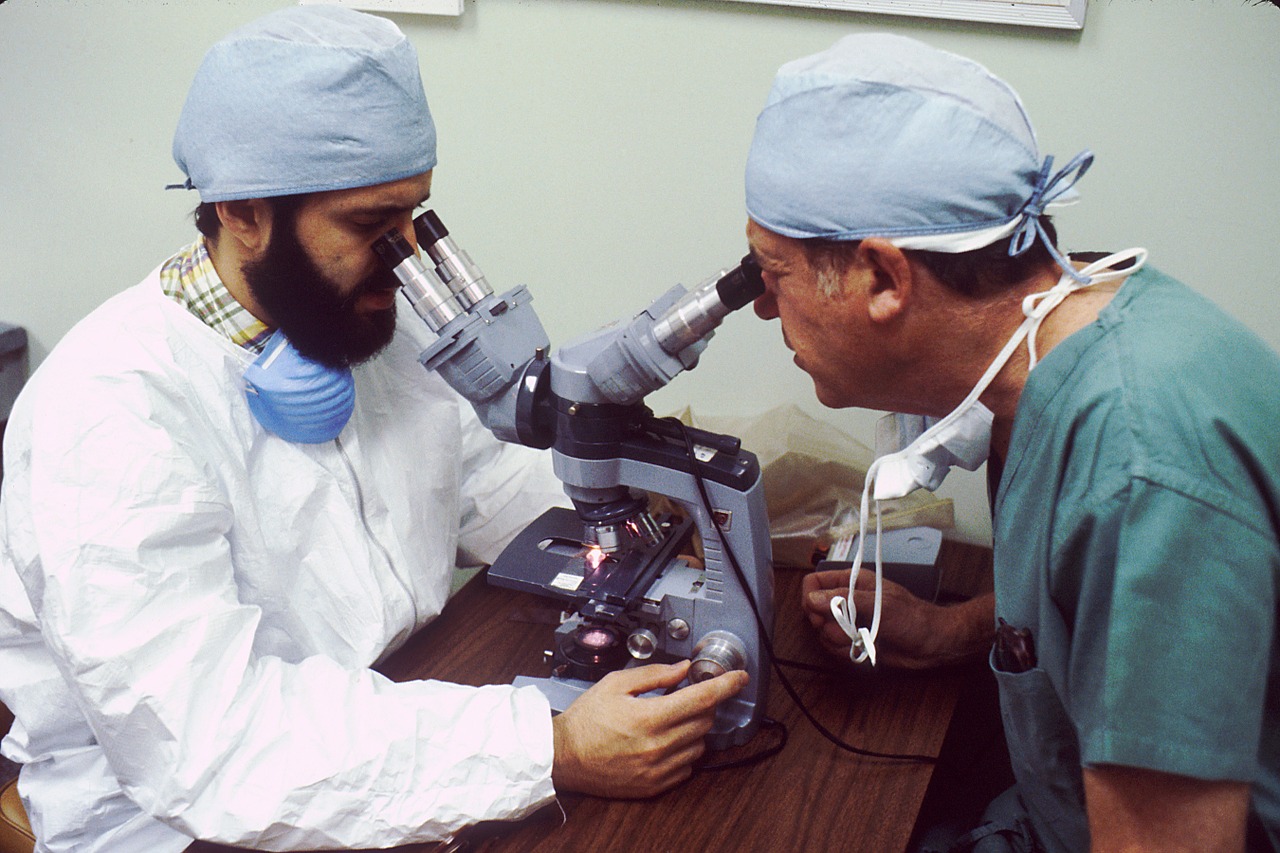Here are the 10 steps involved in having a skin biopsy. When you notice a concerning rash or mole on your skin, the body’s largest organ, it’s a good idea to see a dermatologist to have it evaluated. Sometimes after checking the area, your dermatologist may recommend a skin biopsy. Skin biopsies are an important part...Continue reading
Tag: biopsy
Oncotype DX
A new genetic test has recently become available called Oncotype DX. The test is made by Genomic Health and will now be available at Dr. Samadi’s Prostate Cancer Center in New York City. What is Oncotype DX? The Oncotype DX prostate cancer test is a biopsy-based genetic test that can be combined with other measures...Continue reading
Elevated PSA, Negative Biopsies: What does this mean?
“My PSA is elevated, but I keep having negative biopsies. What does this mean?” This is a common question among many men under the care of a urologist. If you are familiar with prostate cancer, you know that having an elevated or rising PSA (prostate-specific antigen) may mean you have prostate cancer. While there are...Continue reading
MRI Fusion Guided Prostate Biopsy
Dr. David Samadi Prostate Cancer Center welcomes groundbreaking technology: MRI Fusion Guided Prostate Biopsy At the Dr. David Samadi Prostate Cancer Center here in New York, we are continually on the forefront of clinical and technological innovation. In the month of November, we will welcome a state-of-the-art diagnostic system to detect and diagnose prostate cancer...Continue reading
To PSA or Not to PSA: The Answer Is PSA Testing Plus…
New MRI Technology Is the Solution to the Vast Overtreatment of Prostate Cancer When PSA testing was initiated in 1990, it reduced the death rate from prostate cancer 40%, from 50,000 to 30,000 deaths per year. Yet government agencies and medical associations are now telling us to discontinue this test, despite the fact we have...
Beyond Biopsies? A Better Way to Test for Prostate Cancer
When a man has an elevated PSA level, his doctor is likely to recommend one of two approaches: Do nothing and see what happens (called “watchful waiting”), or have a biopsy. Doing the actual biopsy, however, is often something of a challenge, given that the organ is pretty small and is located in a rather...Continue reading

